
CDATA[[caption id="MakeitBritishBooksforChristmas_Feature" align="alignleft" width="1024"]
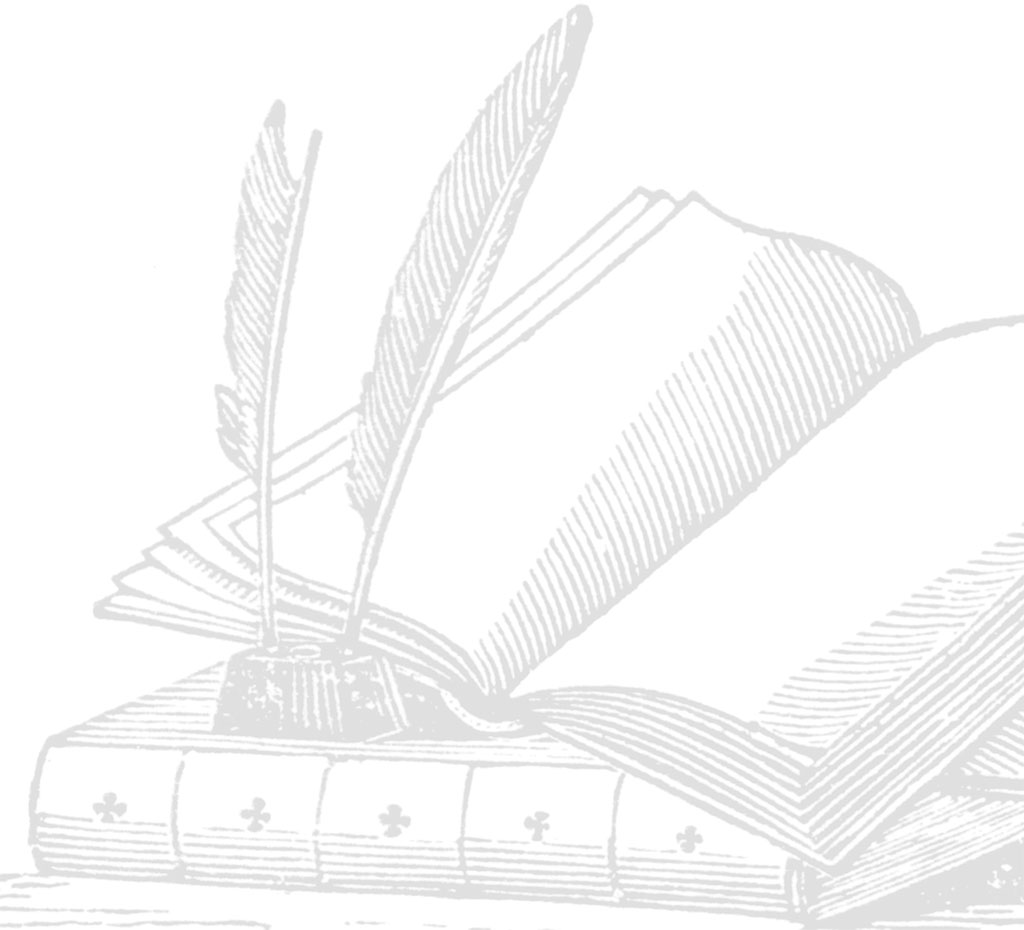
A HOLIDAY GUIDE FOR GREAT READING AND GIFTING
It is hardly a secret that books make great Christmas presents to give and to receve. We asked a panel of veteran British Heritage writers, well familiar by name to our regular readers, to share some favorite discoveries of the past year for your own wish list or seasonal shopping basket.
Siân Ellis
Revisits a Small Island
[caption id="MakeitBritishBooksforChristmas_img1" align="alignleft" width="308"]
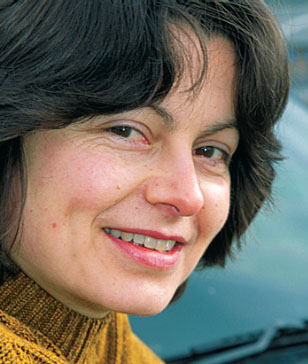
AFTER NEARLY TWO DECADES living in, loving and being baffled by Britain, Bill Bryson decided to make a valedictory tour of the country—by public transport—before returning to his native America. The result, Notes From a Small Island, was first published in 1995.
I’ve just re-read his “travelogue” after 12 years. It’s a classic romp that remains funny, insightful and engaging: All over again, I feel amused, proud, flattered, rueful, ashamed and nostalgic about the Britain Bryson records. His ramblings—literal and metaphoric—capture not just physical landscapes, but also British identity and the state of the nation then.
[caption id="MakeitBritishBooksforChristmas_img2" align="alignleft" width="501"]
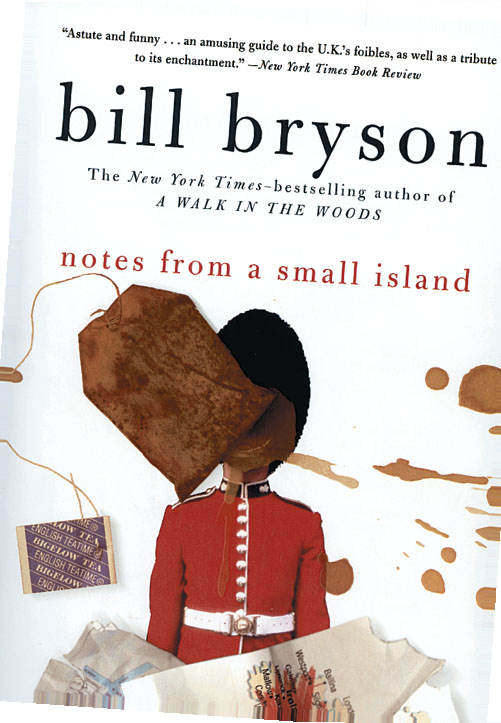
Bryson writes both as outsider and 20-year insider. The outsider views everything from rituals of politeness to educational priorities (turning out scholars who can quip in Latin while industry relies on overseas firms for economic security) with mild confusion rising to total incredulity. The insider underpins his irreverent style and larger-than-life encounters with impressive facts and a shorthand of cultural references that speak volumes: “One of the charms of the British is that they have so little idea of their own virtues.”
Bill Bryson loves everything from our genius for place-names (Rime Intrinseca, Blubberhouses), innate sense of good manners and dry, ironic wit, to the soothing litany of the nightly radio shipping forecast. He’s smitten by a small-scale country that nevertheless bursts with history, incident and interest. Durham is “a perfect little city,” and the Yorkshire Dales (his then home) are “captivating beyond words.”
He equally decries public transport that doesn’t link up, poor service in restaurants and the despoiling of architectural heritage. But in the end, he realizes he adores every last bit, good and bad, of this crazy “enchanted island.”
That the author is as much center stage of his book as the Britain he describes may put off fans of more prosaic travelogues; but, because he scoffs at his own bumblings, we don’t dislike him for criticizing us either. Indeed, Bryson married a local. He also returned to live in Britain in 2003, was appointed a commissioner for English Heritage, became an OBE for his contribution to literature in 2006 and became president of the Campaign to Protect Rural England. Quite the Establishment figure. I hope he never loses his valuable outsider-insider’s eye.
It strikes me, too, that as Brits seem increasingly gripped in debate about the identity of their country, we might glean from this book a few reminders of core qualities and shortcomings that have endured thus far.
Notes From a Small Island, by Bill Bryson, Harper Perennial, New York, 336 pages, softcover, $14.
Claire Hopley
Tunes in on Margaret Drabble
[caption id="MakeitBritishBooksforChristmas_img3" align="alignleft" width="307"]
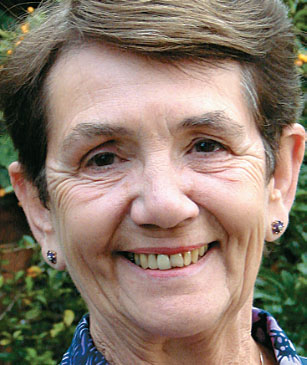
ONE OF THIS YEAR’S NOVELS I most enjoyed is Margaret Drabble’s The Sea Lady. A treasury of information about how people are living and thinking in England, it’s compulsive and thought-provoking reading.
The central characters are Ailsa Kelman and Humphrey Clark, who met as children vacationing by the North Sea, married after a passionate affair, quickly divorced and are about to be reunited as recipients of honorary degrees in the very town where they first met.
Ailsa is now famous as a cultural critic who has never hesitated to shock in order to dramatize gender inequalities. She has danced in cabaret wearing nothing but pointy silver things swinging on her nipples. She has written groundbreaking analyses of little-known female painters, a history of domesticity and vacuum cleaners, and an endless stream of rabble-rousing articles for newspapers and journals. Like Germaine Greer, she is clever, attractive, witty, an in-your-face crusader and a tireless self-promoter. She is also a lot of fun to read about—one of Drabble’s best creations.
[caption id="MakeitBritishBooksforChristmas_img4" align="alignright" width="177"]
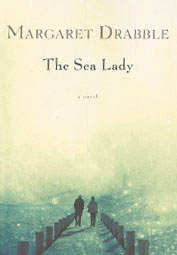
Humphrey, a biologist who investigates evolutionary options, is a much quieter character. Drabble’s descriptions of his work explore new insights into the development of sexual differentiation. This interest in the natural sciences is one of her abiding interests. Equally, she is an exceptionally alert recorder of social change. In the 1960s she wrote about young women trying to combine marriage and motherhood with a professional life. Later, her heroines became psychologists, academics, writers—accomplished, successful women, always deeply concerned with moral and social issues.
‘We might glean from this book a few reminders of core qualities and shortcomings ’
This is the aspect of her work that I most like. Even when her novels are flawed, Drabble engages the mind because her antennas tune in to what’s happening, and she writes about it with relish. Though she has rarely written about the distant past, her imagination is essentially historical, and her work is in many ways a history of life in England in the 20th and early 21st centuries.
Now in her late 60s, Drabble has begun to write about older women with lives to reflect on and choices to regret. They are approaching death—but not yet. They have their wits about them. Their lives are not over, and I, for one, will always be ready to read whatever she writes about them next time she publishes a novel.
The Sea Lady, by Margaret Drabble, Harcourt, New York, 352 pages, hardcover, $24.
Jim Hargan
Shares a Bookish Secret
[caption id="MakeitBritishBooksforChristmas_img5" align="alignleft" width="286"]

I HAVE ONE WORD FOR YOU: academic remainders.
Okay, that’s two words, and on the face of it, twice as dull as plastics. However, for people like us who are vitally interested in Britain and her heritage, it’s the standard publishers who tend to be dull. Major publishers, driven by a need to make great piles of money, all chase the same mass market by issuing the same Book, slightly varied. Even when a mass-market publisher manages to put out something on our favorite subject, it’ll be dumbed down: the same gossip about the same monarchs, the same myths about the same historic characters, the same travel descriptions about the same places.
Academic presses are where the action is. For one thing, there are a lot of them—about one per major university, plus a bunch of independent specialists. For another, they don’t put out a title to get rich, but to fill a gap in our knowledge. Their authors are experts who write for intelligent, knowledgeable readers who are genuinely interested in learning something new. There’s only one problem: Books from academic presses are frequently very expensive.
And that’s where remainders come in. Expensive and specialized books do tend to linger in warehouses. Eventually someone needs that warehouse space, and the books are remaindered, sold as a lot to anyone who’ll take them. That someone is frequently a bookseller who specializes in just this sort of title, an academic remainder house. They mark the remainders down until they move—frequently 80 to 90 percent.
My favorite remainder house is Scholars Bookshelf (www.scholarsbookshelf.com); Daedalus Books is another good one (www.daedalusbooks.com). Scholars Bookshelf, for instance, specializes in history, military, fine arts and baseball. And these are definitely books that you won’t find at your neighborhood Borders—more than 500 titles in British history alone. Some are true academic remainders; others are backlists that fit in with their customers’ beneath-the-surface interests. My latest triumphs include hardbound Queen Elizabeth I: Selected Works, in which the Faerie Queene shows a style that is plain dealing, colorful and vigorous, for $4.95. More remarkable was hardbound Norwich Since 1550, a doorstop of a book that had to leave out medieval times to keep it under 1,000 pages, for $9.95. Alas, I am not always fast enough; they ran out of An Atlas of Roman Britain before I could get my copy. And once they run out, the book is gone for good.
Jennifer Dorn
Discovers James and Woolf
[caption id="MakeitBritishBooksforChristmas_img6" align="alignleft" width="261"]
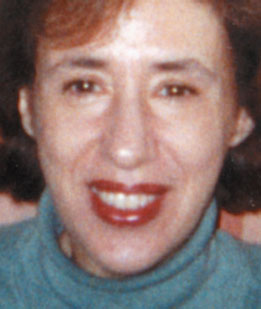
WHAT A TREAT TO RECENTLY DISCOVER two books—each one written long ago and each one by a famous writer—that bring familiar sights in London and England alive through beautiful prose. These books are terrific reads and are as relevant today as when they were first written.
The American writer Henry James moved to England permanently in 1876, took up citizenship there and remained until his death in 1916. James adored his adopted country and traveled extensively around England. He wrote about these travels in essays that were first published in American magazines in the late 19th century and then turned into a book English Hours, beautifully adorned with works by great artists, in 1905. This author of such American classic novels as Washington Square and The Sign of the Dove, and various travel pieces about Italy and his native country, describes his visits to Wells, Salisbury, Winchester and Chichester, where he is entranced by their historic cathedrals and the towns that surround them. In one essay, he is a superb guide around London as he walks from Notting Hill to Whitehall through Kensington Gardens, and ponders at the gates to Hyde Park which “of a hundred pleasant paths” he should take to continue onward. On the first page of the book, he writes eloquently about London and that he did not know at first “how fond of the murky modern Babylon I was one day to become.”
Virginia Woolf was already a celebrated writer when she was commissioned by the British edition of Good Housekeeping magazine to write a series of essays that were originally published there every other month beginning in December 1931. All six essays have recently been published in a slim volume titled The London Scene: Six Essays on London Life. In her brilliant novel Mrs. Dalloway, written in 1925, Woolf’s title character reflects:“I love walking in London. Really it’s better than walking in the country.”
These essays allow Virginia Woolf to follow her character’s advice. She walks endlessly around London keenly observing its sights, sounds and smells. Woolf describes watching the ships passing on the Thames, her visits to Thomas Carlyle’s house in Chelsea, Keats’ house in Hampstead, St. Paul’s Cathedral, Westminster Abbey, the Houses of Parliament and shopping on Oxford Street. All of these places are there for us to visit today, but on the printed page Woolf brings them to life through her beautiful prose.
Many of the sights mentioned in the two books are much the same today and exist as these writers saw them back then. However, their reflections on the manners and customs of the English people at the times that they wrote transport the reader back in time to a very different England than the one I know now. These two books are treasures!
English Hours, by Henry James, Kessinger Publishing, Whitefish, Mont., 440 pages, softcover, $36.95.
The London Scene: Six Essays on London Life, by Virginia Woolf, Ecco Publishing, London, 96 pages, hardcover, $16.95.
Jean Paschke
Discourses on the Inimitable Plum
[caption id="MakeitBritishBooksforChristmas_img7" align="alignleft" width="265"]
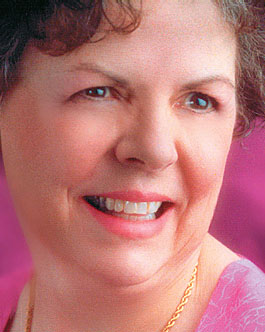
VIRTUALLY ABANDONED by his parents at age 2, raised by strict, remote strangers plus a few colorful relatives, sent to various boarding schools, working by age 19 at a banking job he hated, Pelham Grenville Wodehouse might have turned out depressed, lonely and humorless. Instead he insisted that he had a happy childhood, and, once he chucked the bank for freelancing, he developed a wonderful writing style and sense of humor.
In P.G. Wodehouse’s first full-length biography, author Frances Donaldson examines all aspects of the life of the writer who continues to entertain generations of readers and playgoers. He gave us such characters as Percy Pilbeam, Lord Emsworth, Psmith, Gussie Fink-Nottle, the formidable Aunts Agatha and Dahlia, a flock of Beans, Eggs and Drones and, most memorably, the hapless Bertie Wooster and the unflappable Jeeves. Wodeshouse’s writing schedule, in which he routinely wrote some 2,500 words per day, meant that he produced a total of 96 books, or more than one for every year of his life, four of them after his 90th birthday.
Frances Donaldson deals fairly with the unfortunate episode during World War II when Wodehouse unwisely but innocently made a series of cheery radio broadcasts to the United States while he was interned in Nazi Germany. Branded a traitor at war’s end, Wodehouse was created a Knight Commander of the British empire at last in 1975, two months before his death at age 94. By then, Wodehouse and his wife Ethel had spent some 30 years in the United States, which he always regarded as his second home, and he had become an American citizen.
One of the charms of Wodehouse’s novels is that they remain firmly fixed in an indefinite past, even after young men had stopped wearing spats and saying things such as “Dash it all!” and “Righty-ho!” Although he knew the eccentric aunts and solicitous butlers who peopled big country houses like Blandings Castle, his characters actually lived in a world divorced from reality. His biographer says, “It may be that the simplicity of Wodehouse’s style and the natural felicity of his choice of words and phrases…are the very qualities which lull the reader who reads for pleasure into a mood where he takes it all for granted.”
P.G. Wodehouse: A Biography, by Frances Donaldson, (originally published 1982, reprinted by various publishers, lately reprinted 2005 by Sevenoaks, an imprint of Carlton Publishing Group, London, paperback, $20).
Editor Dana Huntley
Pulls the Best Off the Bookshelf
[caption id="MakeitBritishBooksforChristmas_img8" align="alignleft" width="289"]
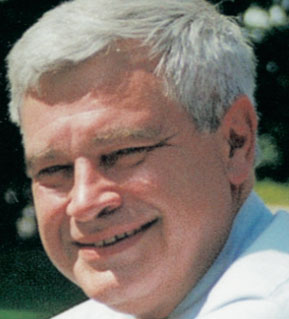
ISSUE AFTER ISSUE, BRITISH HERITAGE introduces readers to many of the most interesting new books on British history and culture. There is always an embarrassment of bookly riches. Here are a few personal favorites that I’ve delighted in reviewing in “Beyond the Bookshelf” this year. To get or give under the Christmas tree, these are all winners:
Troublesome Young Men: The Rebels Who Brought Churchill to Power and Helped Save England, by Lynne Olson; Farrar, Straus and Giroux, New York, 415 pages, hardcover, $27.
‘We are left with a feeling of having peeked into the l ive s of f ascinating people’
PREPARING BRITAIN FOR WAR AGAINSTHITLER and Nazi Germany was far from most British minds in the 1930s. Author Lynne Olson gives us a behind-the-scenes account of those dozen or so MPs who bucked the prevailing winds of appeasement and disarmament that dominated Parliament under the Conservative Government of Prime Minister Neville Chamberlain. While Winston Churchill’s stirring wartime leadership is well known and rightly applauded, the back story of how Churchill came to power in 1940 has faded into the shadows of history. A handful of young MPs, such as Paul Emrys-Evans, Harold MacMillan, Ronald Cartland, Harold Nicholson and Duff Cooper, heeded the wiser voices of Churchill and Leo Amery, and paid a stiff political price by vocally urging Britain’s rearmament and finally the confrontation with Nazi belligerence. This is a readable, fast-paced story of parliamentarian machination, political intrigue, statesmanlike courage and personal drama. There is a timely warning here for our own times.
Modern Scottish Culture, by Michael Gardner, Edinburgh University Press, 218 pages, softcover, $25.
THE SCOTTISH NATIONAL PARTY is promising a referendum on full independence for North Britain after 300 years of Union. What does it mean to be Scottish today? Modern Scottish Culture is a lively, wide-ranging and insightful introduction to contemporary Scottish identity. After a look back at Scottish cultural history, the narrative closely examines education, law, religion, sport, government, language, arts, media, music and literature in contemporary Scotland. Michael Gardner’s book looks and reads like a college textbook, and a good one. It’s the best single-volume introduction to contemporary Scotland and Scottish society. If you would understand Scotland, people and soul, and how its past shapes its present, this is the text.
The Verneys: A True Story of Love, War, and Madness in Seventeenth-Century England, by Adrian Tinniswood, Riverhead Books, New York, 569 pages, hardcover, $35.
I CAN’T SING THIS BOOK’S PRAISES ENOUGH. It is a wonderful read for anyone with an interest in England social history and the 17th century. It brings to life on a very human level the political and religious context of the English Civil War. Distilled from aunique cache of more than 30,000 private letters over three generations, Adrian Tinniswood has produced a gripping narrative account of the story of the Verneys against the backdrop of the revolutionary changes in English society during the 1600s.
Sir Edmund Verney, scion of the family, was a Puritan who died at the battle of Edgehill with the king’s standard in his hand out of personal loyalty. His oldest son, Sir Ralph, was a staunch Protestant and member of the Long Parliament, who spent years in exile under suspicion as a royalist sympathizer. A score of their sons and daughters, brothers and sisters all come to life, shaped by the events of their turbulent times.
The Perfect Summer: England 1911, Just Before the Storm, by Juliet Nicolson, Grove Press, New York, 276 pages, hardcover, $25.
[caption id="MakeitBritishBooksforChristmas_img9" align="alignright" width="409"]
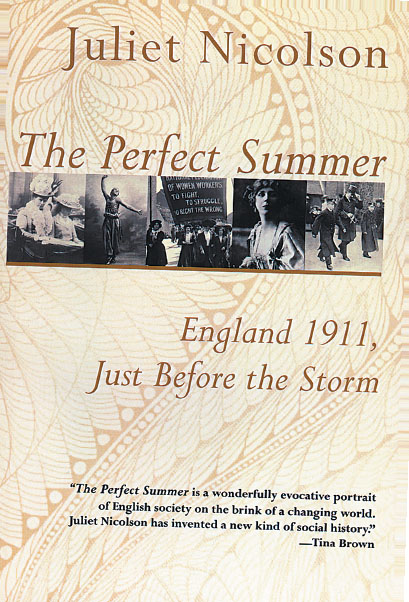
ALMOST A CENTURY AFTER THE BRUTAL FACT, and now that it’s passed from living memory, it is difficult for us to appreciate just how much the world changed with World War I. Back then, they called it the Great War. The Perfect Summer is a superb glimpse through the mirror into what the British world was like just before it happened. While a gilt-edged British society basked in the sunshine of a long, hot summer, the political storm clouds gathered over the skies of Europe and tremors shook the established order at home. Through the summer, we storm the streets with Ben Tillotson and his striking dock worker’s union; we dawdle away the London debutant season; we attend the coronation of King George V; we flirt with Rupert Brooke and Virginia Stephens; we build sandcastles at Broadstairs with the Home Secretary, a young Winston Churchill; and we sneak behind the green door with butler extraordinaire Eric Horne. We are left with an impressionistic cyclorama of the age, rich and colorful, and a feeling of having peeked into the lives of a host of fascinating people. Juliet Nicolson’s book is a fun read.





Comments